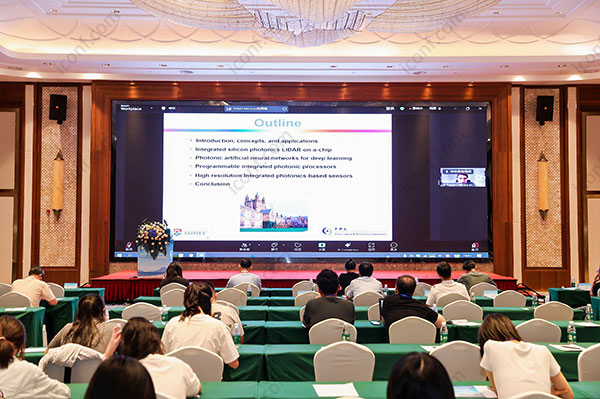

175 views||Release time: Jun 03, 2025
Submitting a conference paper is a major step in advancing your academic career. Whether you're a first-time author or a seasoned researcher, understanding the conference papers submission process is crucial to increasing your chances of acceptance.

The first step is selecting a suitable conference. Choose one that:
Aligns with your research topic
Is recognized in your academic field
Is indexed in major databases like EI, Scopus, or SCI
For streamlined selection, platforms like iconf.com offer categorized lists of upcoming international conferences, organized by topic and region.
Once you've chosen your target event, carefully read the submission guidelines. Most conferences provide a paper template that you must follow strictly. Common elements include:
Abstract and keywords
Introduction, methodology, results, and conclusion
References in specific formats (APA, IEEE, etc.)
Timeliness is key. Conferences usually have several deadlines:
Abstract submission
Full paper submission
Camera-ready submission
Missing any of these can disqualify your entry, so keep a close eye on important dates. Tools like iconf.com offer deadline reminders and updates.
After submission, your paper will go through a peer review process. Depending on the feedback, you may be asked to revise and resubmit. Constructive feedback is a chance to refine your work and improve its clarity and impact.
Once accepted, you’ll need to upload the final version and complete the registration process. At this point, your paper will be scheduled for presentation and prepared for indexing in databases like EI Compendex.
iconf.com helps authors:
Discover the latest calls for papers
Filter by topic, indexing, and deadlines
Manage submission documents efficiently
Stay updated on review results and indexing status
If you're aiming to publish in reputable conferences, a reliable conference submission platform is your best ally.